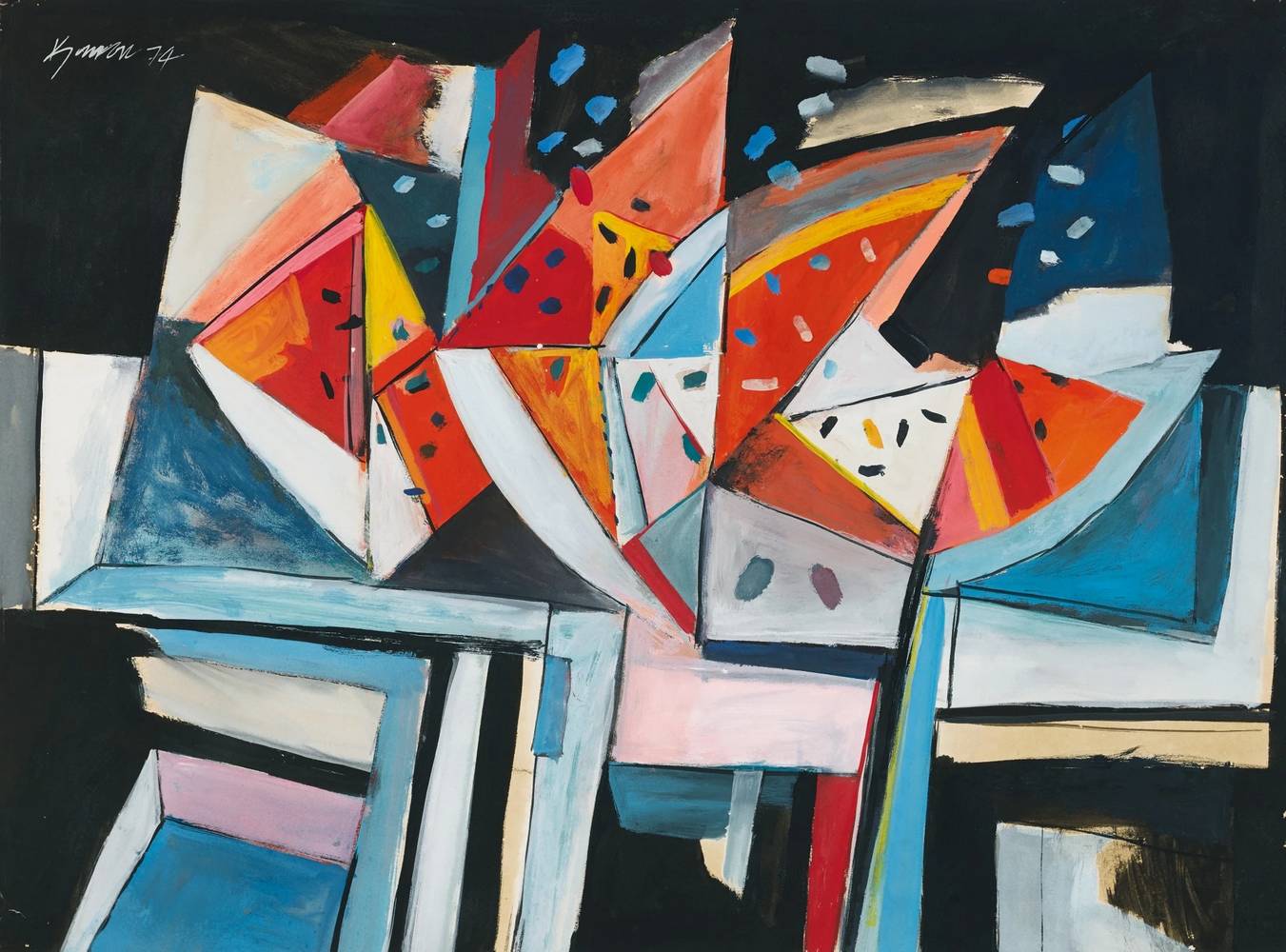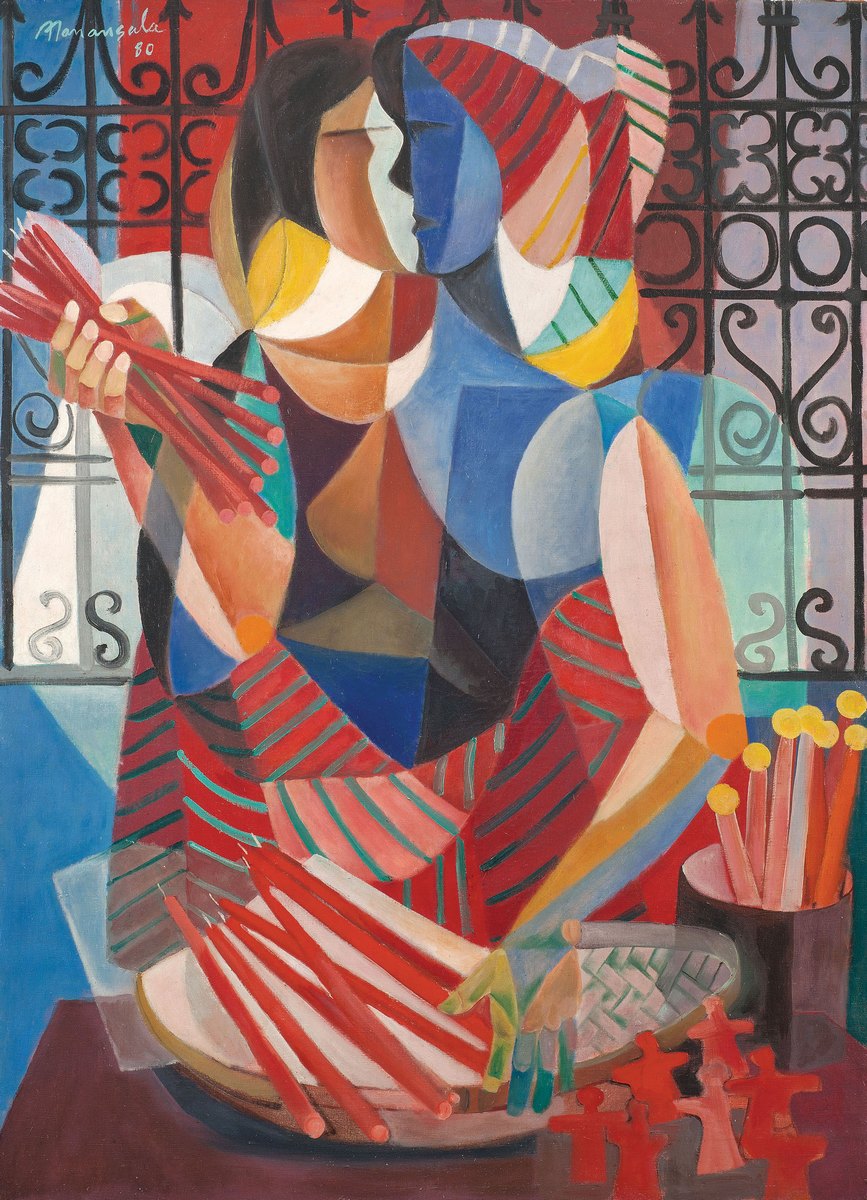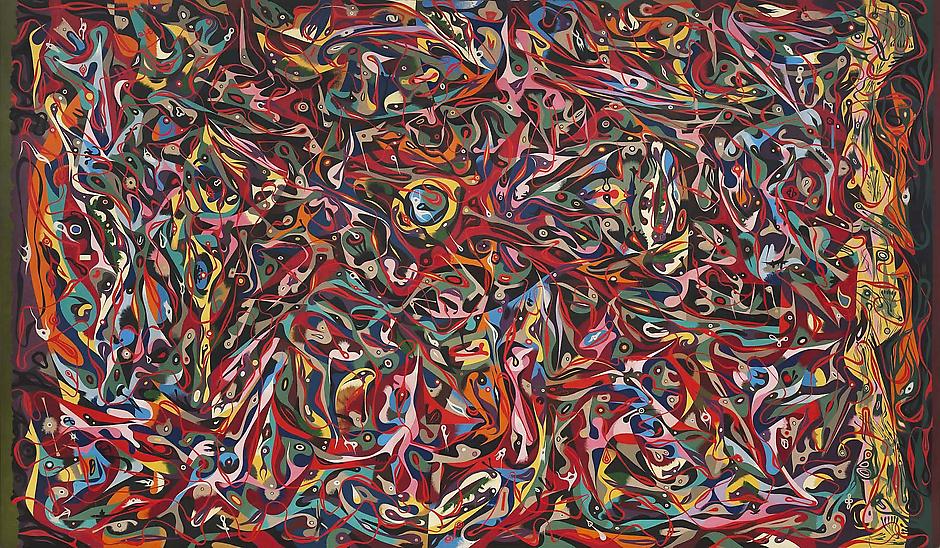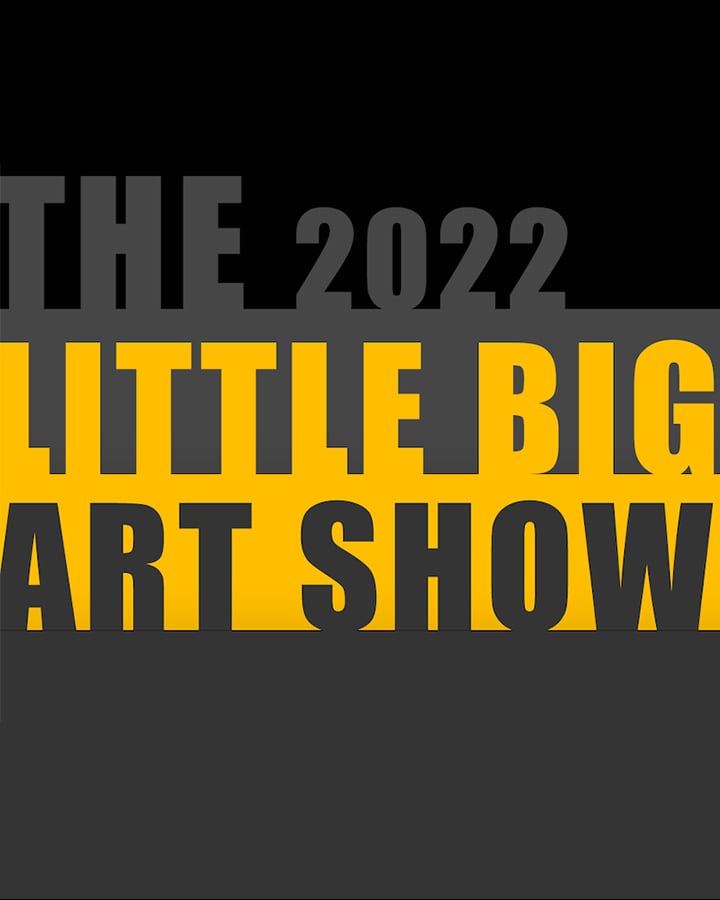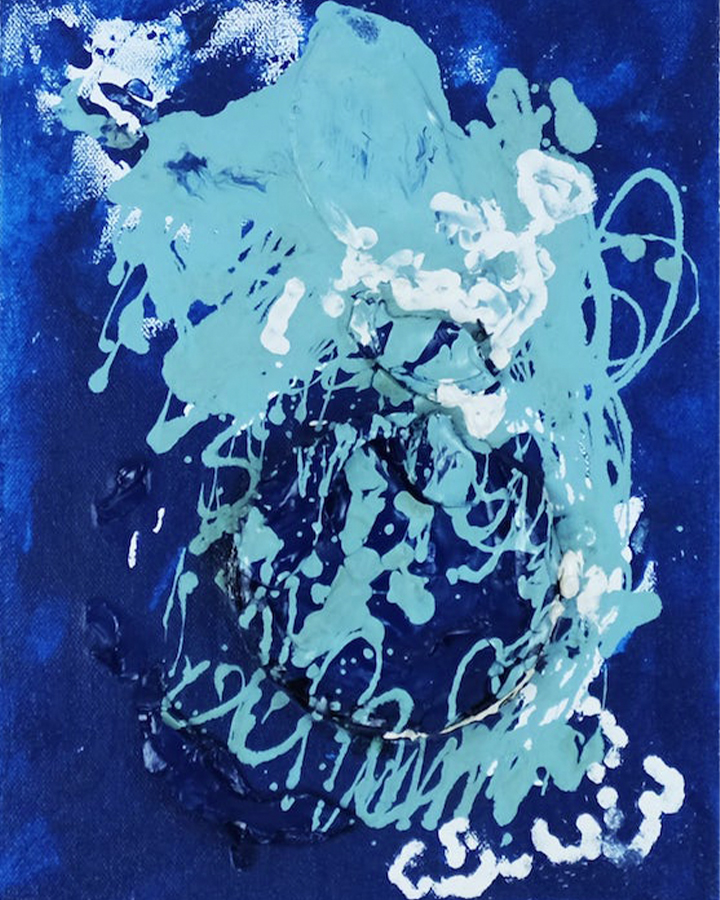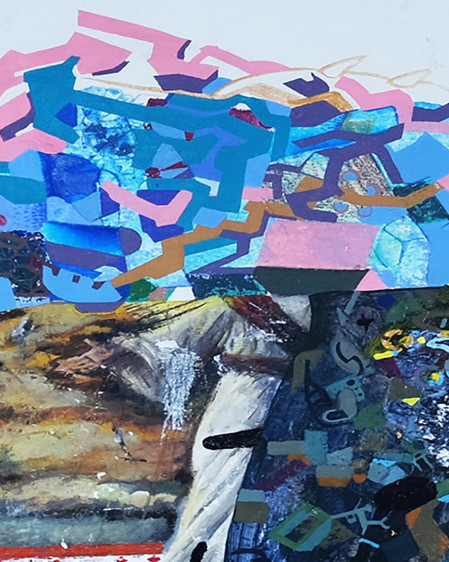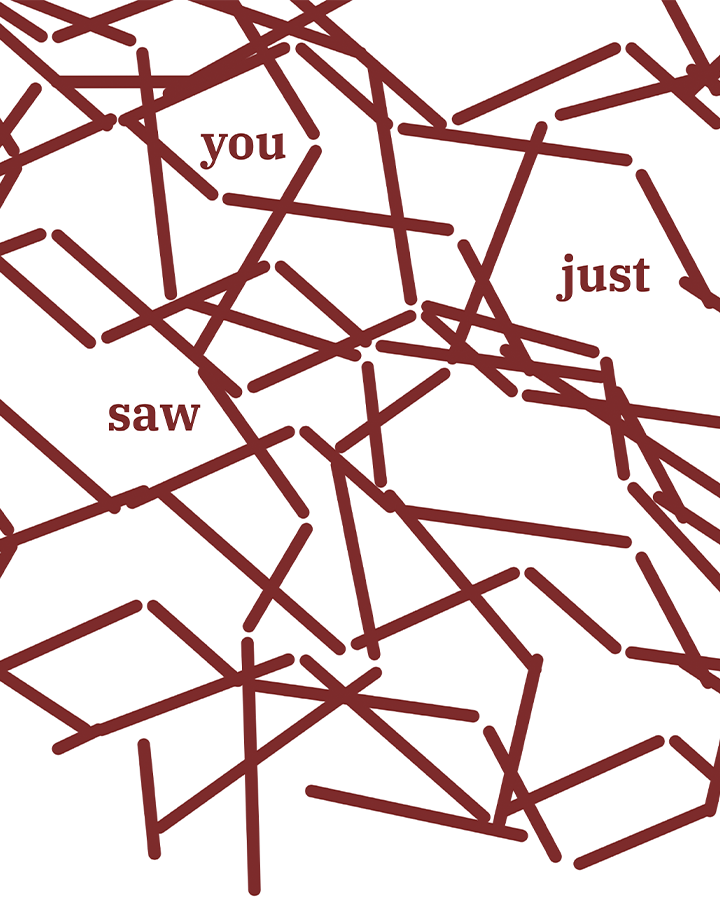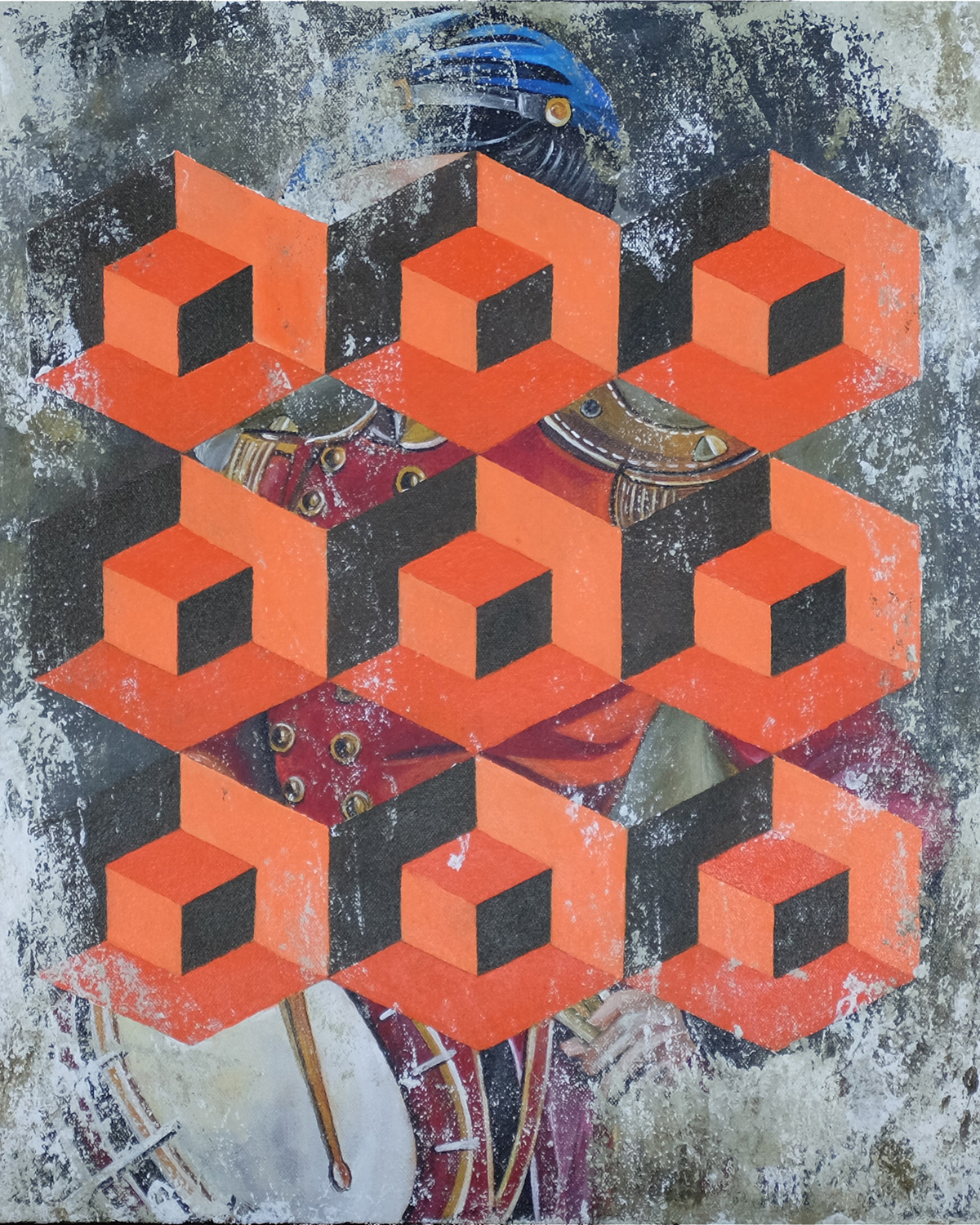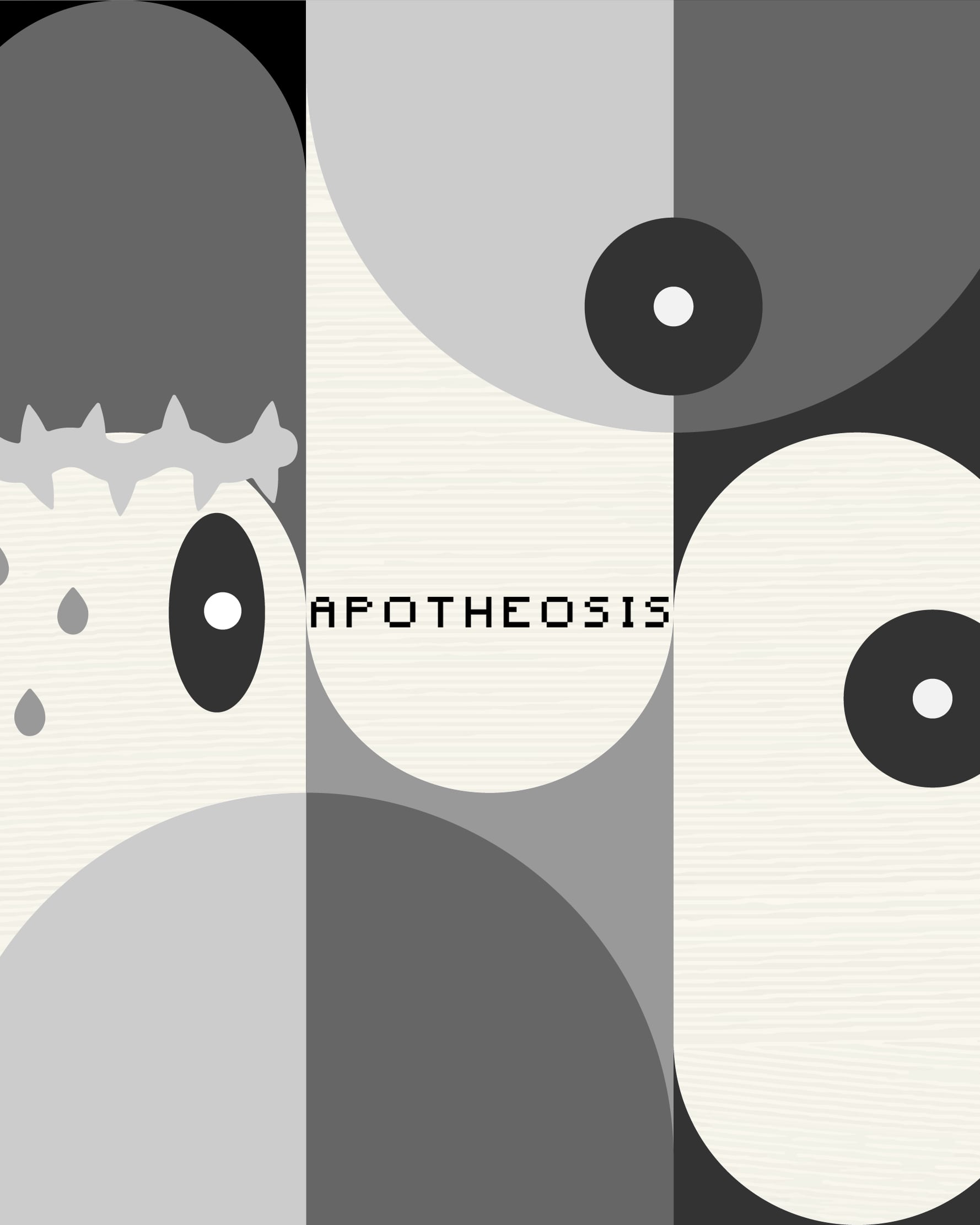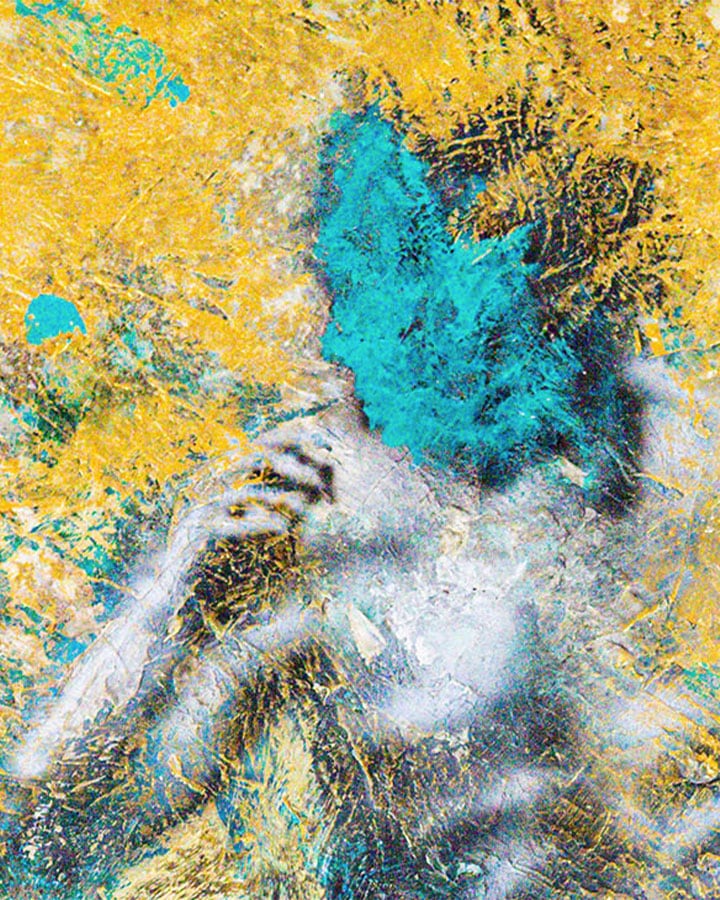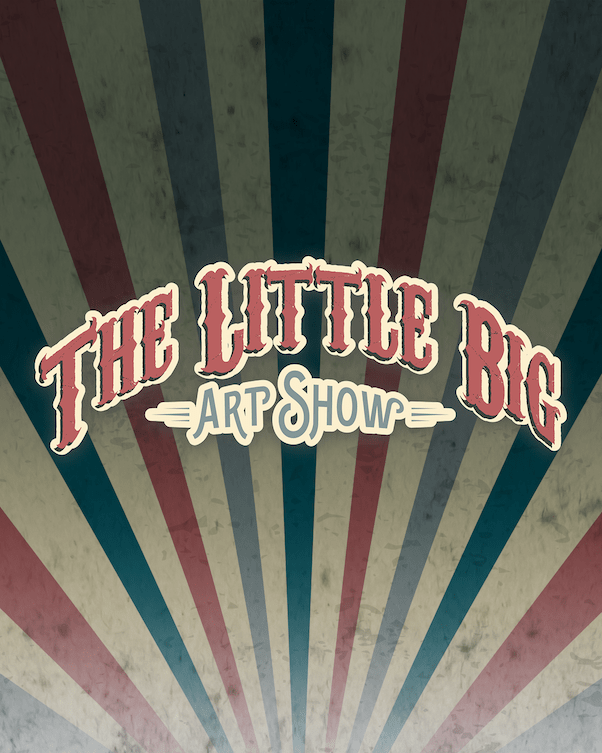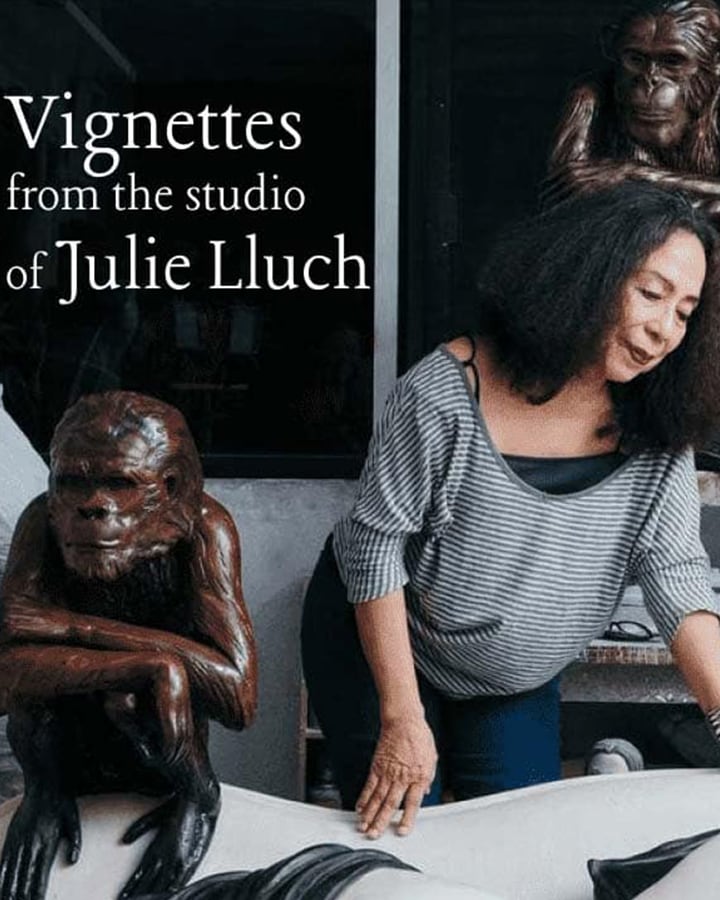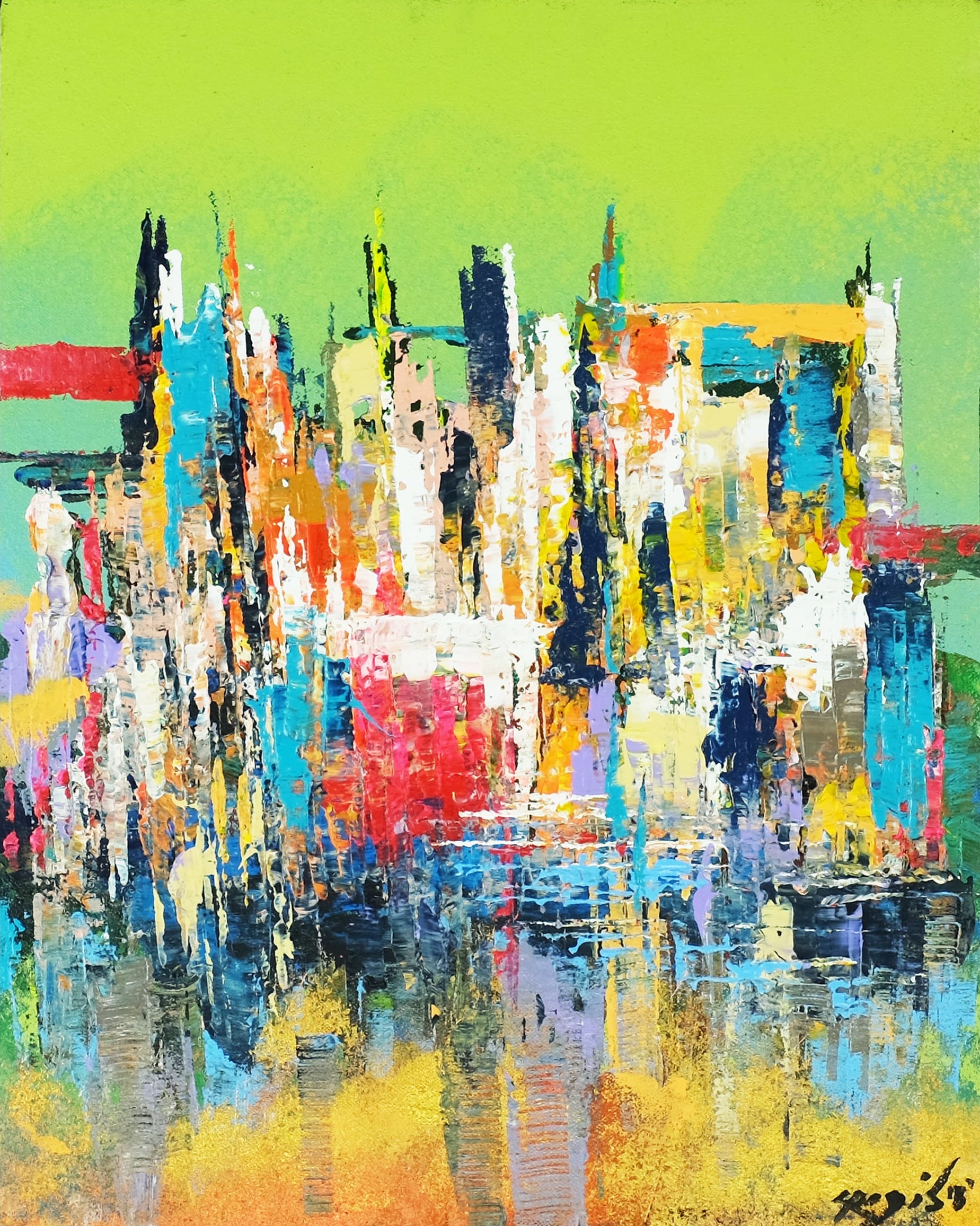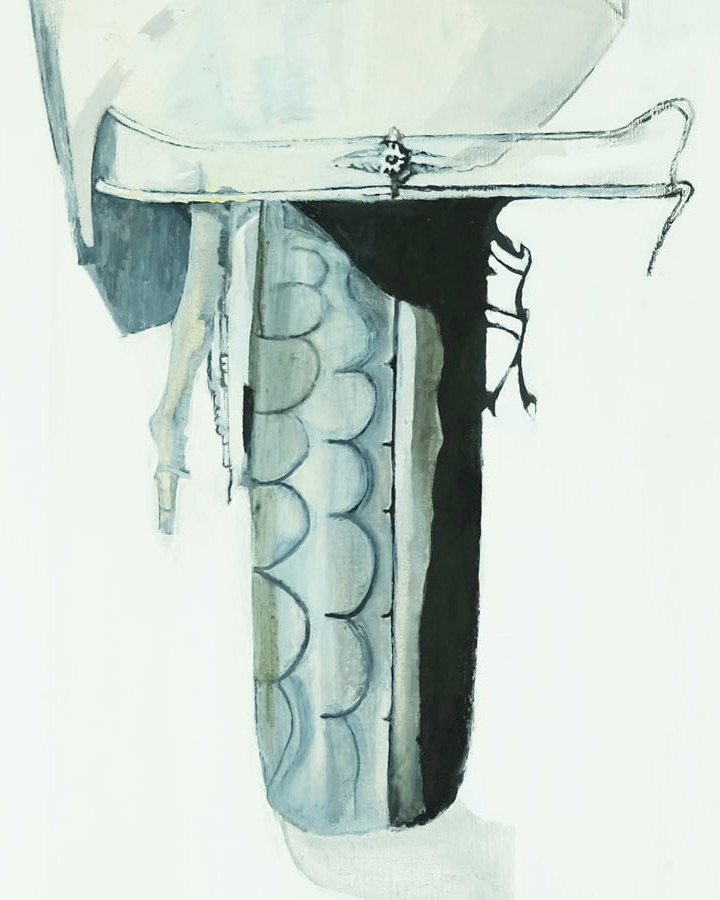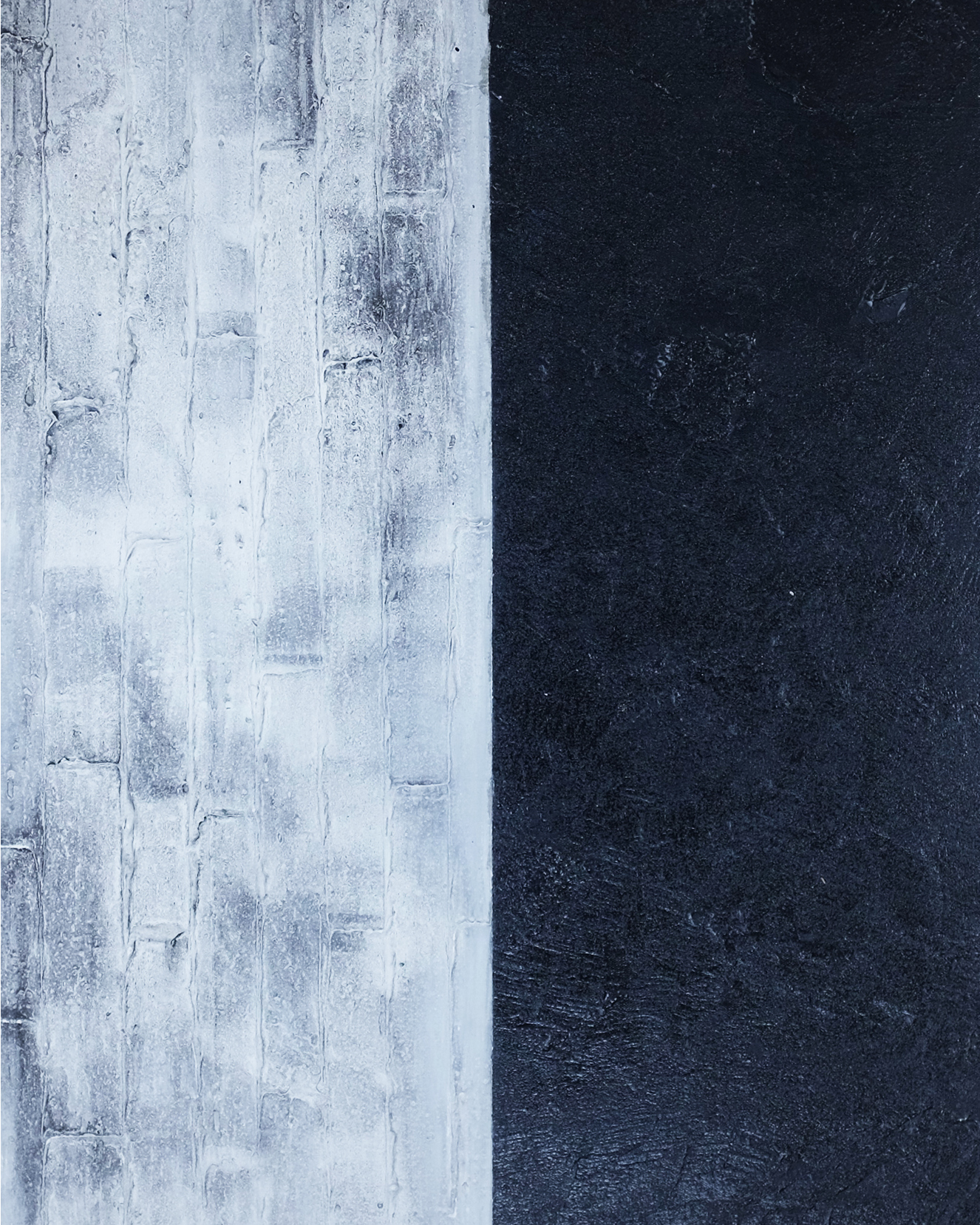Understanding Filipino Abstract Paintings
Published February 08, 2021
The range and history of abstract painting can be bewildering to the uninitiated and new art collectors. In the Philippines, abstract painting has come a long way since it first met resistance 70 years ago and was dismissed as unskilled. Over that time, it has become a hallmark of a modern Philippine culture and a defining trait of its contemporary art.
As it is in the West, abstract paintings continue to be divisive and challenging to understand. To be drawn more and more into its history and its current developments, however, is to be wonderfully rewarded, especially if one learns to invest in one’s own collection of abstract art.
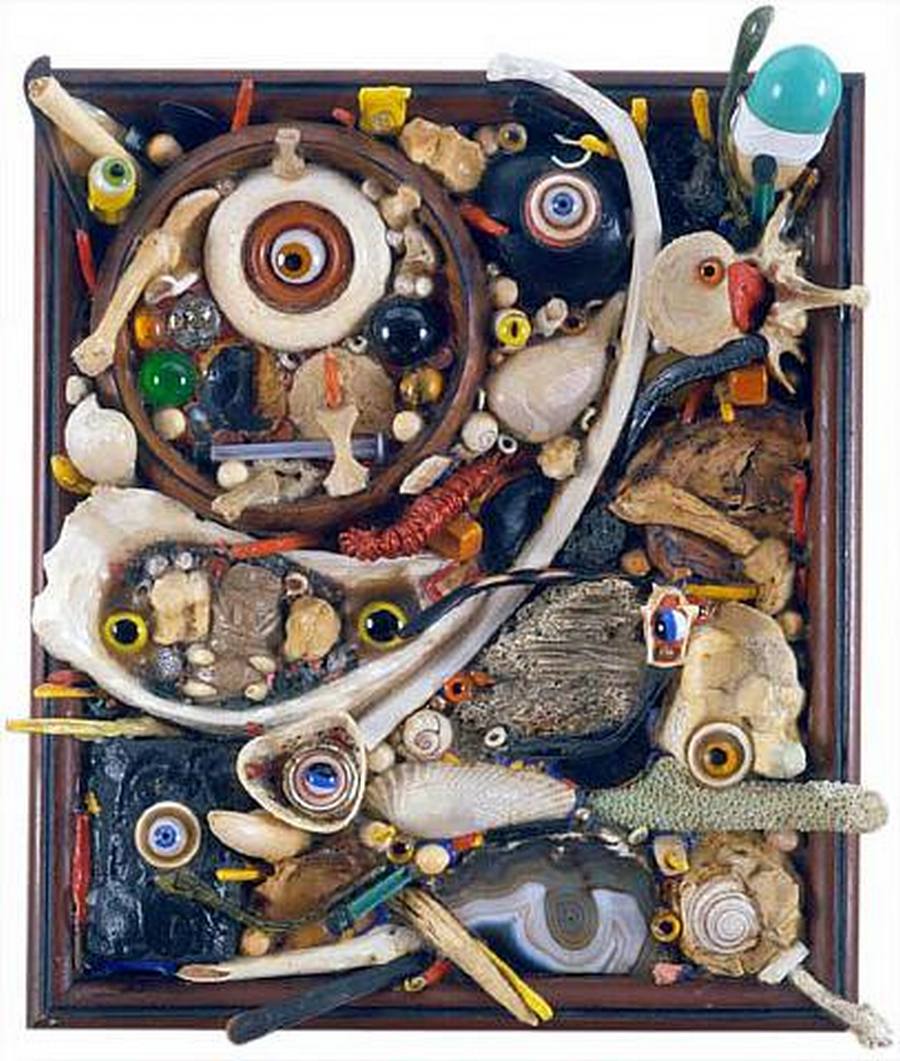
At Vintana, we’ve furnished this guide to understanding and enjoying abstract paintings. Here, we discuss some of this artform’s dominant ideas, moments in history, and popular characteristics. Read on and learn to incorporate Philippine abstract paintings into your art collection.
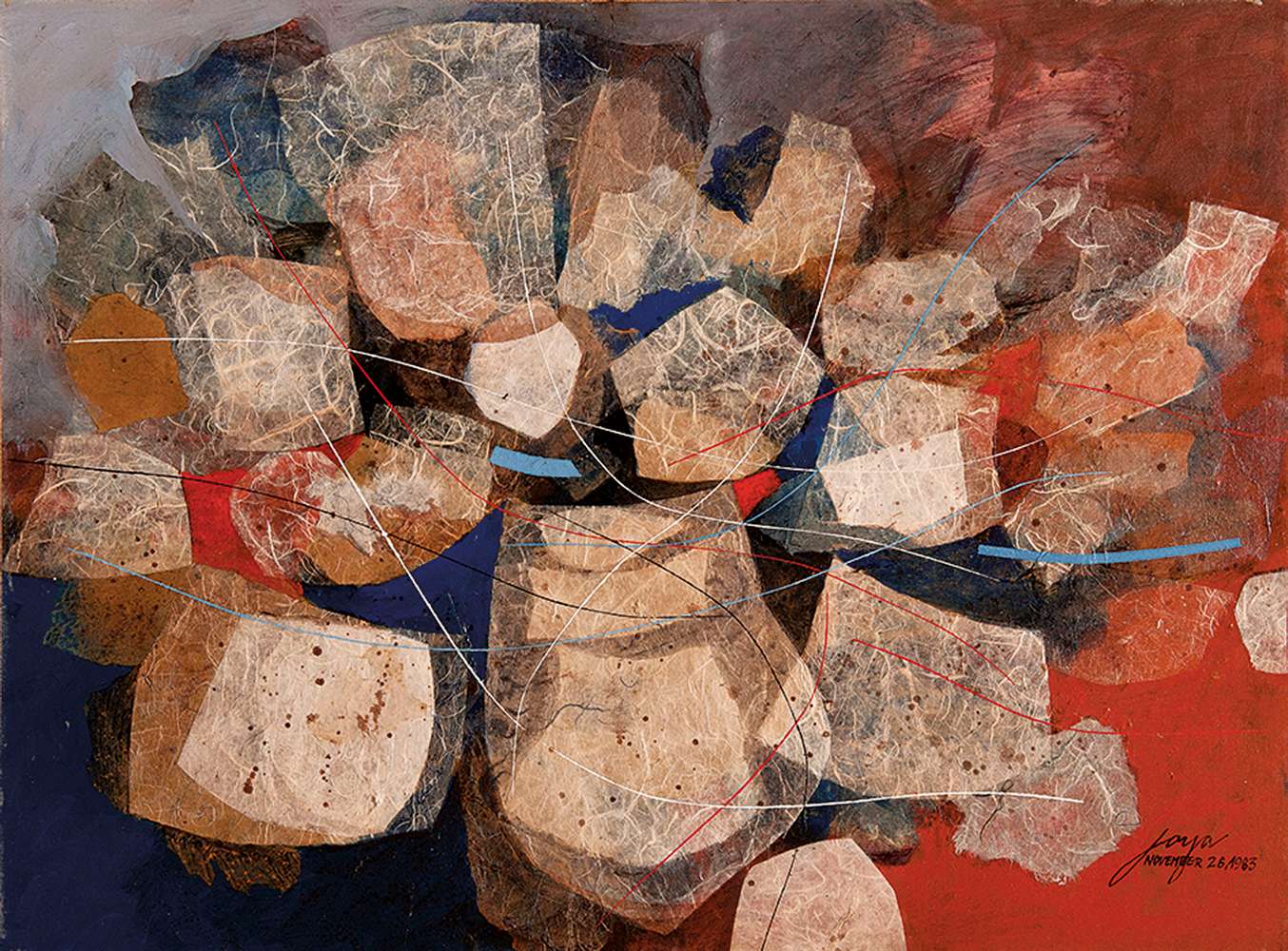
Defining Abstract Painting
Contrary to popular belief, abstract art isn’t just an exercise in emotional self-expression and catharsis. It isn’t a thoughtless or unskilled flinging and rubbing of paint on canvas. It was from the beginning, a varied artistic approach that has encompassed many techniques and ideas. The Philippines’ National Artist for the Visual Arts, Jose Joya, for example, incorporated layers, loose impasto, drips, and sand and other mixed-media approaches to create his paintings that capture the colors and sensations of the Philippine landscape and culture, such as its rice paddies, golden sun, and its festivals.
To define abstract art in one simple idea, it is non-objective. Compared to figurative art, it does not seek truthful or realistic depiction or imitation of nature or the world. It focuses on elements of a painting like shape, form, color, and line. By going beyond physical reality, it can be vastly open to interpretation, embodying ideas of morality, spiritualism, purity, modernity, music, and even art itself. The term can also refer to painting based on an object, figure, or landscape, where forms have been simplified or schematised.
A Short History of Philippine Abstract Painting
Forms of abstract art have stretched far back throughout history. It’s seen, for instance, in the art of the Tang dynasty of China and in various aboriginal art from different regions. In the Philippines, it can be identified in various artforms, such as Islamic non-representational art, tribal tattoos patterns, and indigenous weaving in the Philippines.
But in modern art, the concept and the term itself emerged into its own from late 19th century and early 20th century artistic movements, each one being a departure from the classical naturalism that can be traced back to the ideals of the Greeks and the Renaissance. Movements like Impressionism, Post-Impressionism, Cubism, Surrealism, Futurism, Expressionism, Primitivism, Fauvism, Suprematism, and Neo-plasticism reinforced the idea that art could or should be less faithful in depiction of nature and can even make no reference to nature. The idea represented progress and coincided with other advancements in the modern world of that time.
Non-objectivity embraces a whole spectrum of abstract painters or a multitude of styles, approaches, ideas, and goals. They’ve included history’s most brilliant minds like Picasso, Miro, Pollock, Rothko, and the usual names that art history credits as propelling modern art forward. But three artists stand out as pioneers of a purely abstract art: Wassily Kandinsky, Piet Mondrian, and Kazimir Malevich. Each was radical in their own way. Kandinsky used abstraction to depict the spiritual, likening his paintings to music. Mondrian’s compositions of abstract elements were based on dialectics. And Malevich declared his black painting as the zero of painting or the beginning of a new era of art.
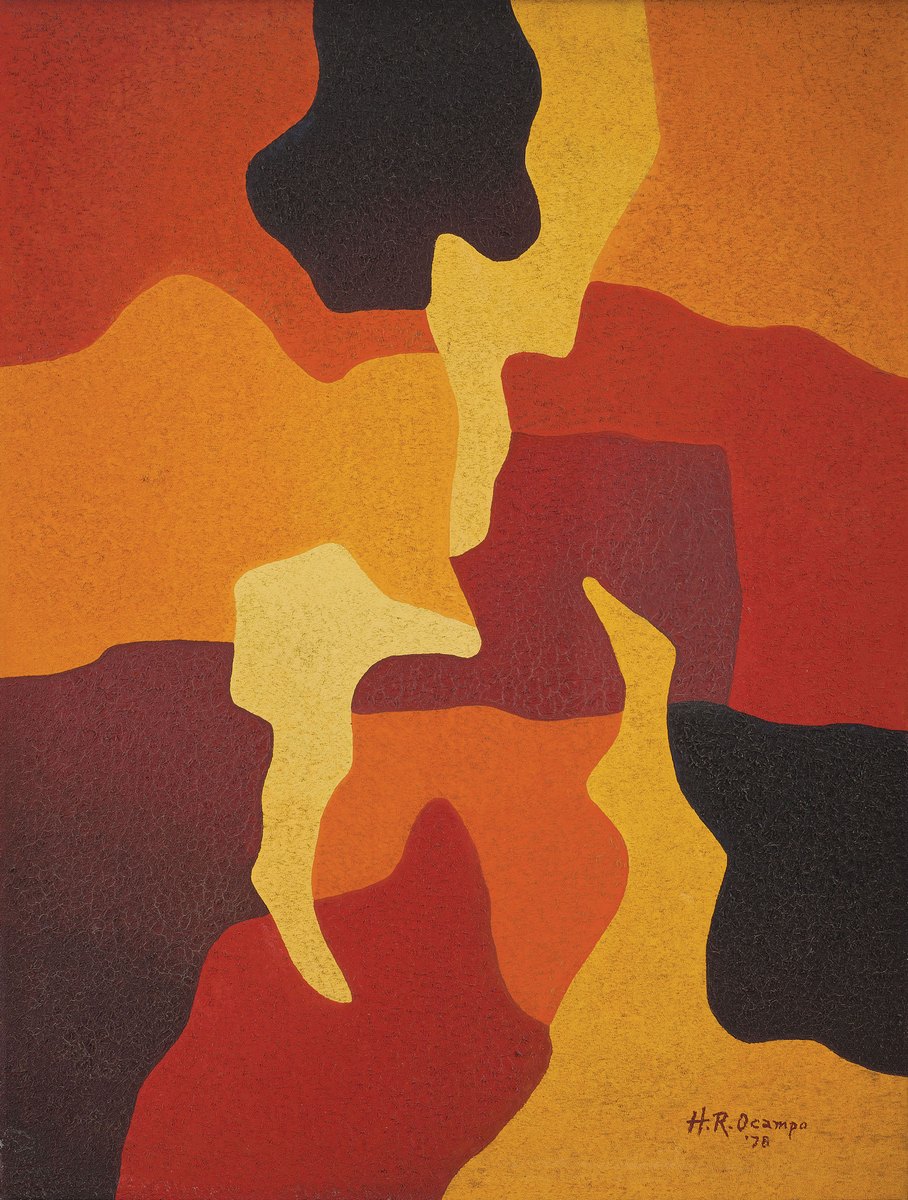
In the Philippines, groups of artists like the 13 Modernists and the Neorealists adopted these developments. They included artists like Vitorio Edades, Vicente Manansala, Hernando Ocampo, and Cesar Legaspi. Both of these groups emerged shortly after World War II and sought to break away from the conservative standards inherited from Spanish and European academies of fine art. They were supported by Filipino intelligentsia who agreed that contemporary art was more than the popular naturalistic and idyllic paintings of the likes of Fernando Amorsolo. These groups painted subjective depictions of reality that included the many facets of an artist’s mind and the darker sides of life and the aftermath of the war. It paved the way for abstract painting to be accepted into Philippine modern art.
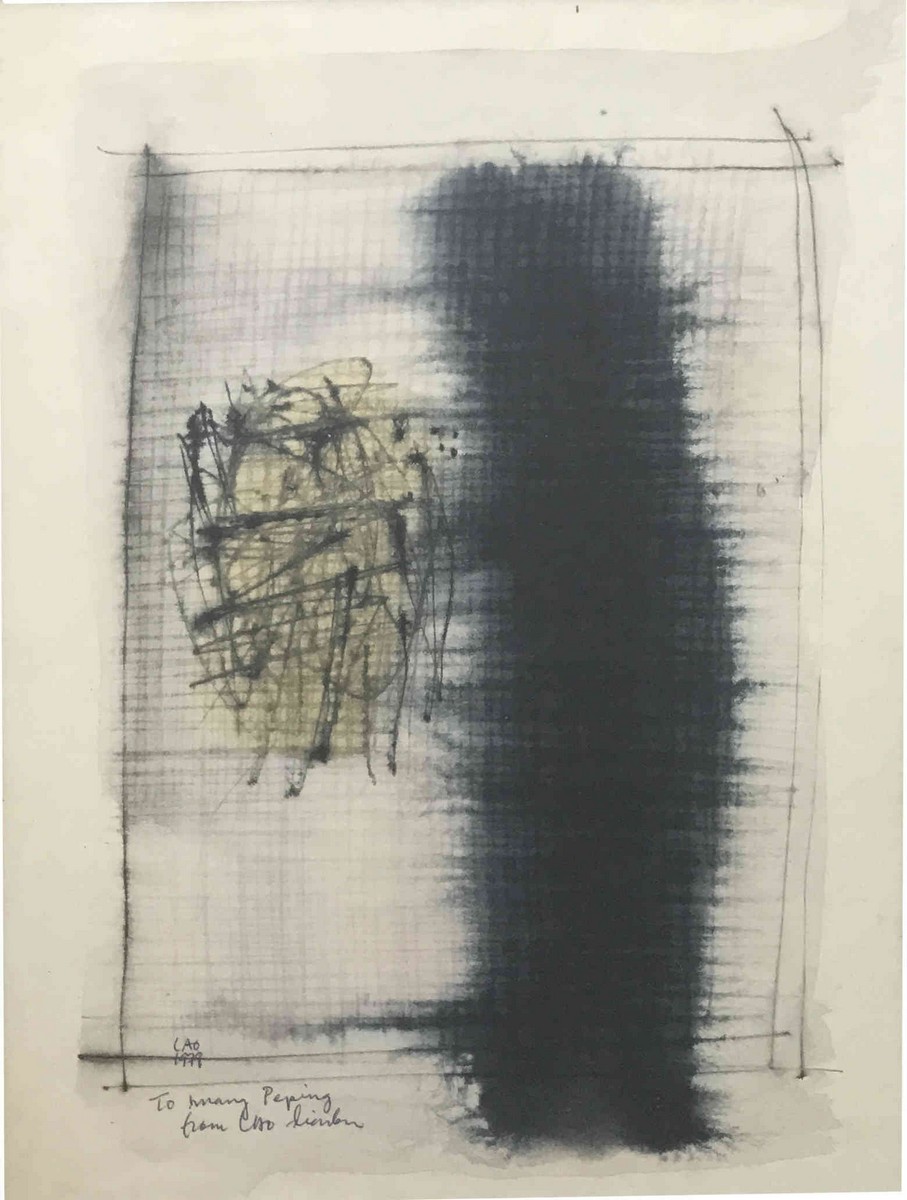
Ang Kiukok, Lee Aguinaldo, Roberto Chabet, Jose Joya, Liao Lianben, Arturo Luz, Romulo Olazo, Rodolfo Samonte, Nena Saguil, and Pacita Abad represent some of the biggest influences and advancements in the history of abstract art and painting in the Philippines. And abstraction or non-figurative painting is so firmly entrenched in Philippine contemporary art that it would be difficult to define and characterize it. It has become so accepted that contemporary artists easily mix abstraction with other approaches to painting.
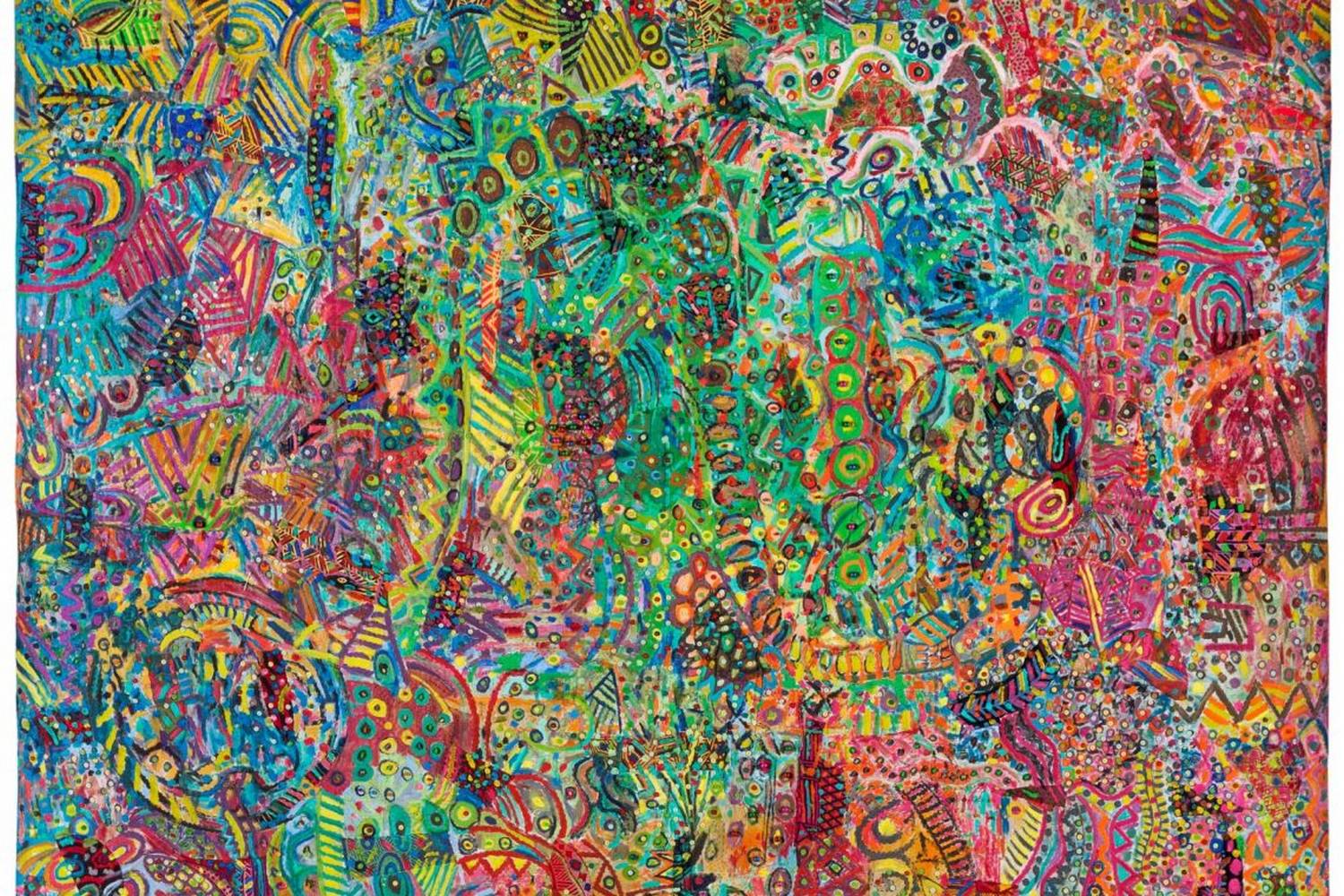
A Glossary of Abstract Painting
This list of terms is by no means definitive. But they include vernacular and historical terms that have become influential including among Philippine abstract artists. We intend with this glossary to encourage you to further investigate the fascinating world of abstract art.
Expressionist
Expressionist works of art are notable for their use of free, generous, and gestural application of paint and an intense and non-naturalistic color palette, and non-naturalistic brushwork. It often emphasizes depicting the artist’s feelings over replicating reality. Expressionist characteristics such as intuitive brushwork and emphasis on depicting the inner life of the artist can be applied to purely abstract or non-objective paintings.
The term is applied to art of the 20th century, with Wasilly Kandinsky, Van Gogh, Oskar Kokoschka, Paul Klee, Edvard Munch, Alberto Giacometti, Jean Dubuffet, Georg Baselitz, as some prime examples.
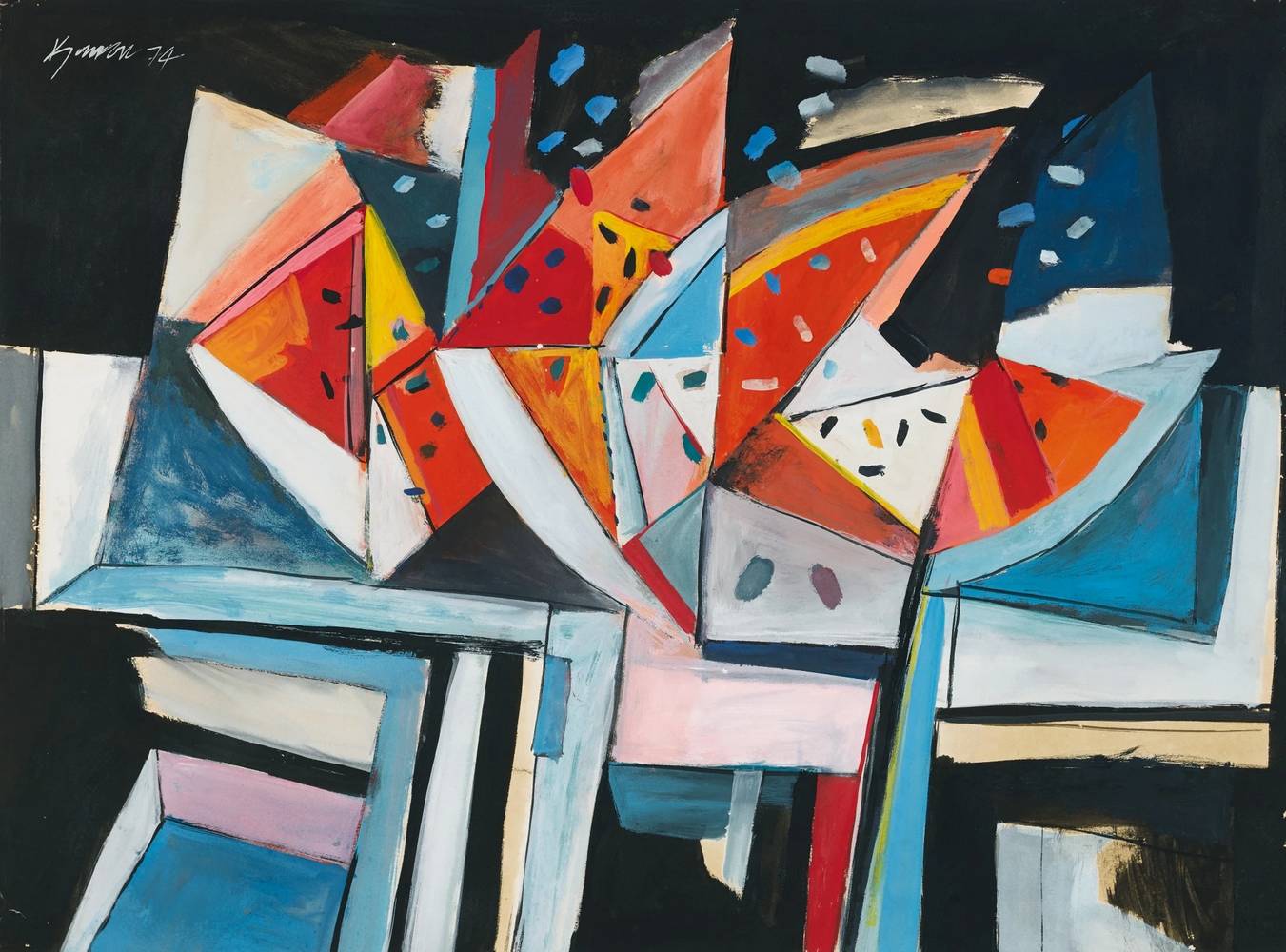
In the Philippines, expressionism has been associated with the Neorealist group. Works by Neorealists like Ang Kiukok and Cesar Legaspi and were not purely abstract but feature exaggerated or distorted figuration and the depiction of difficult themes like anguish, suffering, sorrow, and madness.
Cubist
Cubism can be understood as two dominant approaches, analytical and synthetic. In both cases, Picasso was a forerunner and innovator, along with Georges Braque.
Cubism represented reality by breaking it down into planes or reducing everything into geometric outlines or cubes. The idea can be traced to Paul Cezanne’s understanding of visual reality as the basic shapes of the cone, cylinder, and sphere. Cubism, however, further abstracted reality by simultaneously revealing the multiple perspectives or sides of a thing in nature. What resulted was interweaving lines and planes that emphasized the flatness of a picture.
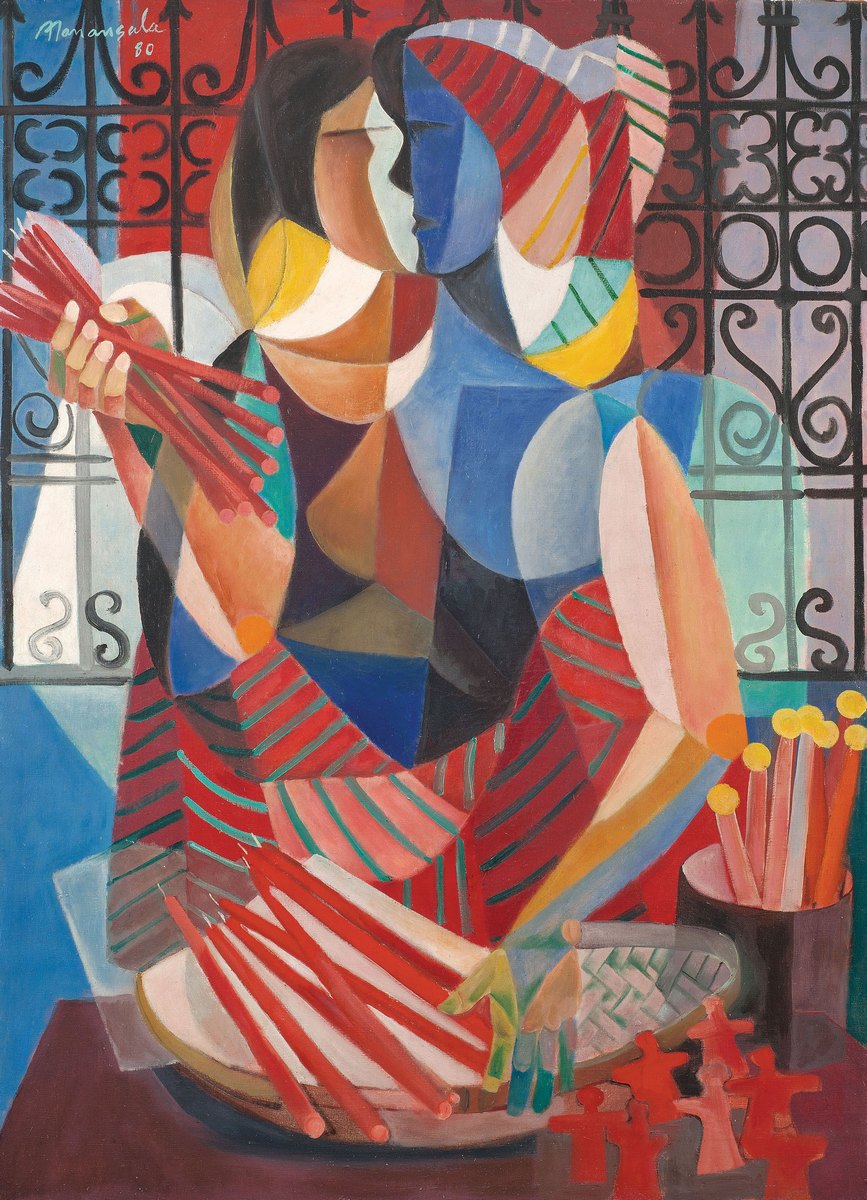
Filipino painter Vicente Manansala is largely considered as innovating an indigenous kind of Cubism. Labelled Transparent Cubism and semi-abstract, Manansala seems to have done the opposite of European cubism. Instead of shattering things into multiple planes and viewpoints, he appears to build figures in illusionary volume and depth using planes and geometry that intersect and merge softly. He used this technique to depict subjects of Philippine life, such as religion and market scenes.
One of Cubism’s major influences on abstract painting can be seen mainly in the emphasis on purely geometric motifs. The renowned Filipino painter, Arturo Luz, turned to sparse linear formations to create his abstract and semi-abstract paintings.
Abstract Expressionist
Abstract Expressionist painting is characterized by gestural and spontaneous brushstrokes and mark-making. Emphasis is made on creating art by improvisation and from the unconscious, an idea inherited from Surrealism. It meant also being true to the qualities of paint or that paint should just be paint and should not be used to create illusions. For some this idea represented the highest achievement of modernism, the ultimate goal of past movements in modern art.
In 1950s America, there were two dominant groups, the so-called action painters and the color field painters. Perhaps, two of the most well-known American abstract expressionists are Jackson Pollock, an action painter, and Mark Rothko, a color field painter.
The abstract expressionists were very influential on global art trends. On the world stage, it became known by many names like lyrical abstraction and Art Informel. Abstract expressionist paintings continue to be en vogue today, with its emphasis on an art created through spontaneity and one purely focused on qualities of paint such as texture and color.
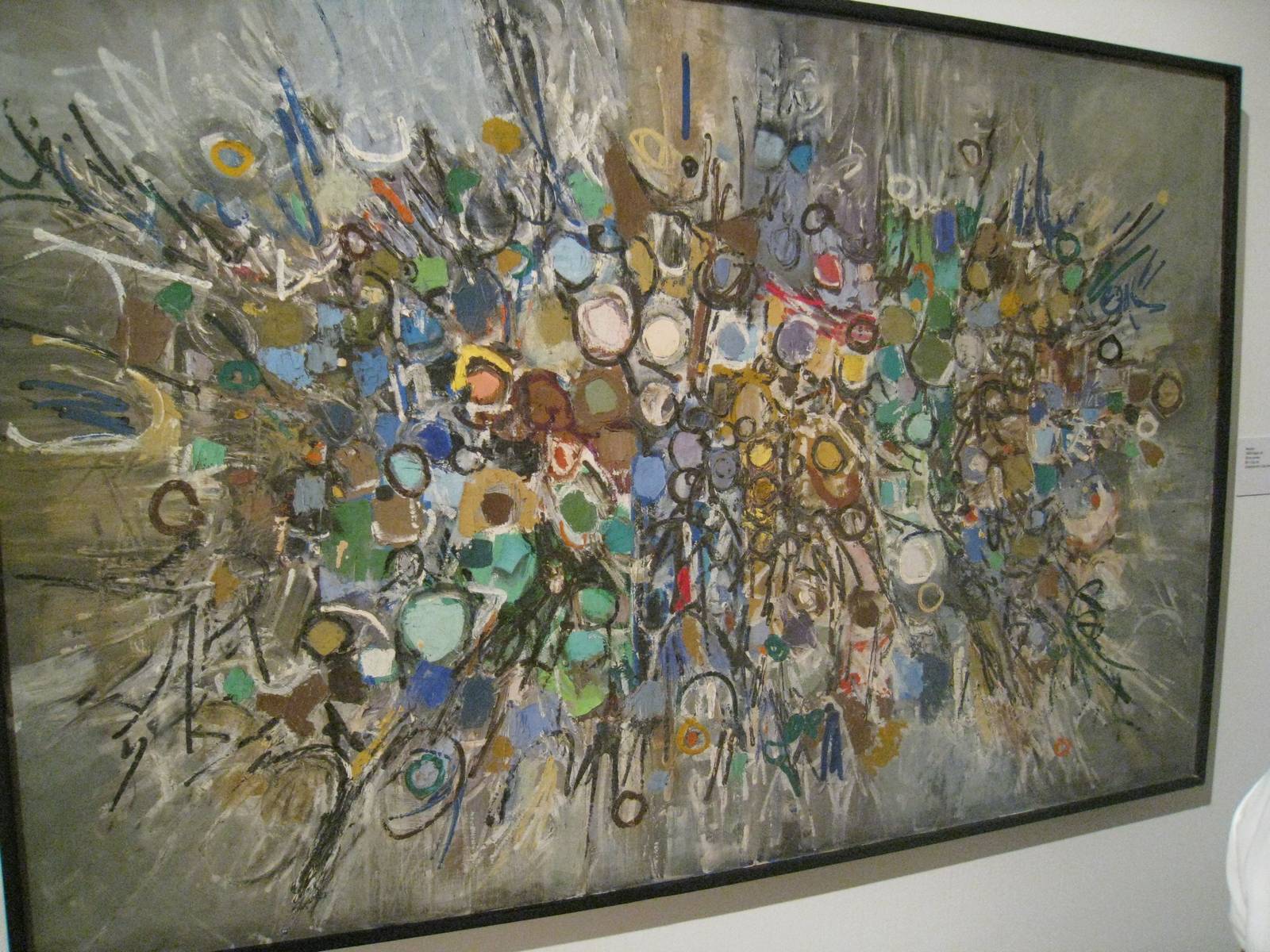
With the prominence and success of painters like Jose Joya, the influence of 1950s abstract expressionism was also apparent in the Philippines. Lee Aguinaldo, for instance, was among those for whom experimentations in different styles of painting began with abstract expressionism. His Flick series and Galumph series of paintings are examples of pure abstraction leaning heavily on the influence of abstract expressionism.
Formalist
Rather than a style or movement in art, formalism or the formalist approach is a way of looking at and evaluating art. In this case, the most important values and aspects of a painting is its form – the color, brushwork, texture, lines, shapes, composition – rather than its narrative content or its relationship to the visible world.
Why Collect Abstract Art?
Abstract paintings have a timeless appeal. They are great alternatives or complimentary pieces to figurative works of art. Artists of our modern era, for instance, have plethoras of styles that include phases of working on abstraction. Discovering those pieces makes for a more well-rounded understanding and collection of that artist’s oeuvre.
Abstract art may be non-objective but that does not make them all the same. Abstract art is so versatile and open to interpretation. The genre is rich with varying techniques, processes, materials, and ideas. So not only can an abstract piece be extremely meaningful and emotive, but can be a pleasurable discovery of the stories and steps that went into its making.
The history of Philippine art is rich with the work of abstract painters who are considered masters. Collecting these pieces is one way to discover what made these artists so accomplished and appreciate their contribution to the development of Philippine art. Likewise, the Philippine contemporary art scene is bursting with emerging and established artists who create or specialize in abstract painting. These filipino artists, masters, emerging artists, and established ones, often have a market value worth looking into as investments.
You don’t need to be an avid art collector to enjoy abstract paintings. Abstract pieces may enhance living and working spaces in positive ways, from making them more beautiful and interesting to making them more social and productive.

For Home Décor
There’s a wealth of choices among Philippine abstract paintings for decorating your home. Abstract pieces are great ways to introduce color, movement, texture, and other enhancing elements to a living space. Find the right piece to complement the themes and decorative schemes of your different rooms. Enhance and build the desired atmosphere. Certain pieces can really elicit an emotional response and connection when people enter that space.
Visit galleries and see for yourself which pieces fit well in your home. Nowadays, however, you don’t even have to leave the convenience of your own home to start and preview pieces like the thought-provoking abstract works of Van Tuico. Online galleries like Vintana are transforming the experience of buying art for the digital nomad. Viewing art has never been more accessible.
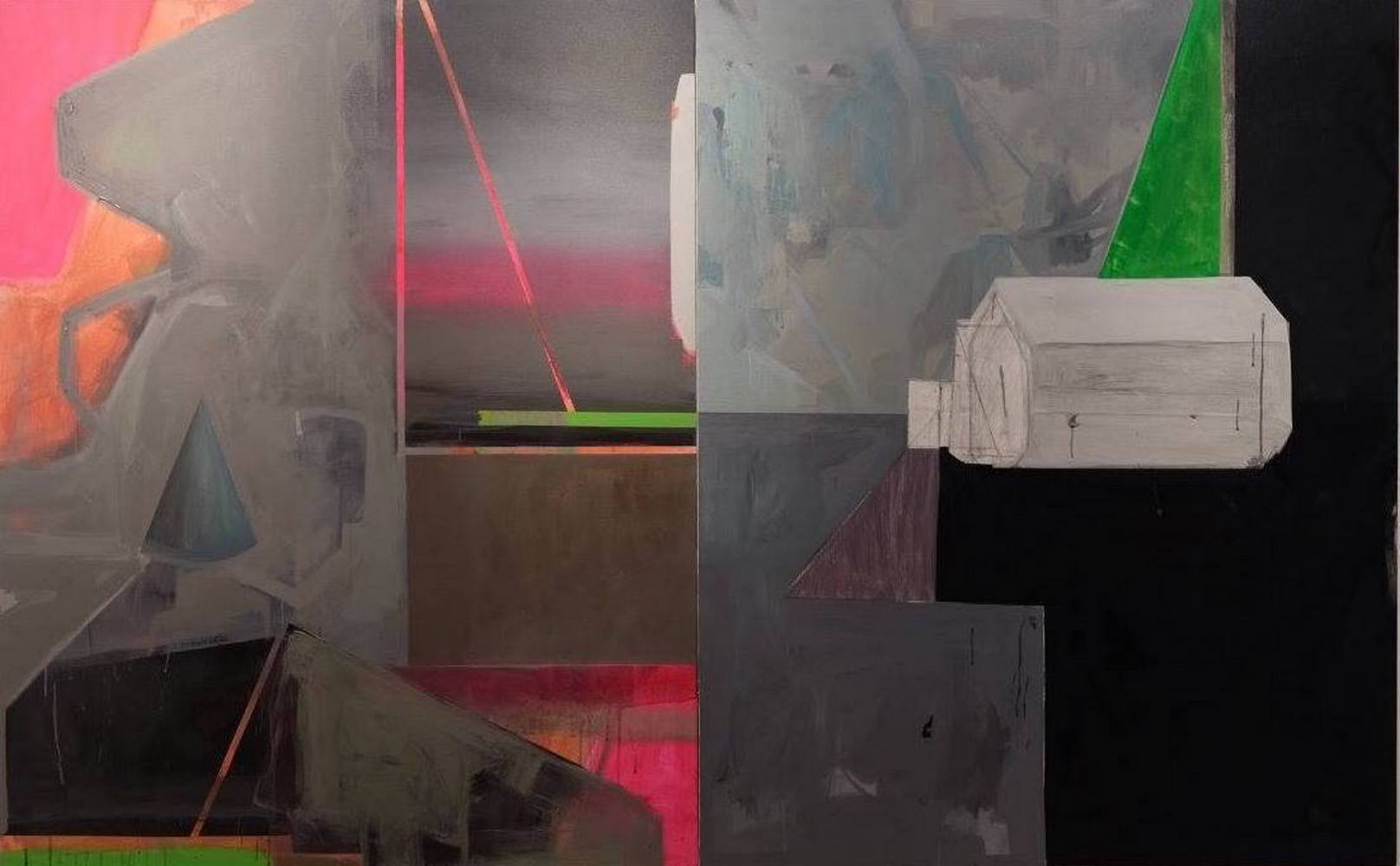
Art for the Workspace
Many corporate workplaces and offices cover their walls with abstract paintings. Just as in the home, they can be used to create an impression and an atmosphere. Depending on the piece, the atmosphere can be of serenity, energy, focus, just to name a few. Abstract paintings can be thought-provoking conversation pieces or background for the upwardly mobile workforce. They can be inspiring visuals that silently speak of progress and success. The effect is all the more potent when the pieces are by known artists who represent those values.










